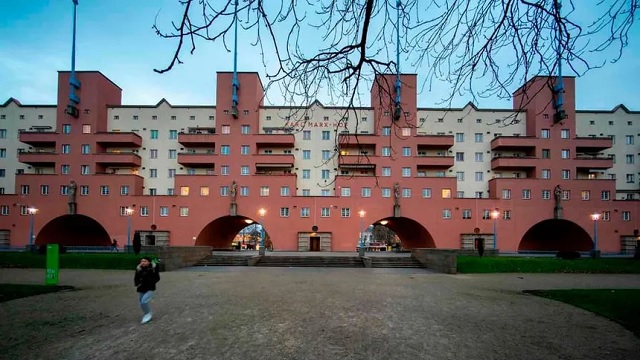Does Social Housing Actually Work? Setting the Record Straight on the Vienna Model
By Edward Pinto

Over the past few years, Vienna’s social housing model– where about 60% of residents live in municipally owned or supported apartments at subsidized rents–has been portrayed as a success of socialism over market forces in numerous news stories. For example, the New York Times recently called Vienna a “renters’ utopia”; the Financial Times “a success story 100 years in the making”; and NPR in 2020 reported “how European-style public housing could help solve the affordability crisis.”
Even policymakers have taken notice of Vienna’ reputed success. A US Department of Housing and Urban Development (HUD) journal article describes Vienna’s social housing system “as an effective and innovative model for providing superior, affordable housing to the city’s residents,” and in Hawaii, local politicians have touted the social housing model.
However, while progressives may wax eloquent about the Vienna social housing model– particularly its low rents and ample supply– the merits for this system are far overblown. More critical newspaper reports and academic studies from neighboring Germany or Switzerland have been ignored entirely in US-based discussions of Vienna’s social housing. However, their findings demonstrate how Vienna is a poor model for duplication, calling into question the rave reviews of the mainstream media and US politicians.
AUTHOR
Tobias Peter
Senior Fellow Co-director, AEI Housing Center
EDITORS NOTE: This AEI column is republished with permission. ©All rights reserved.

This article is courtesy of DrRichSwier.com, an online community of citizen journalists, academics, subject matter experts, and activists to express the principles of limited government and personal liberty to the public, to policy makers, and to political activists. Please visit DrRichSwier.com for more great content.

